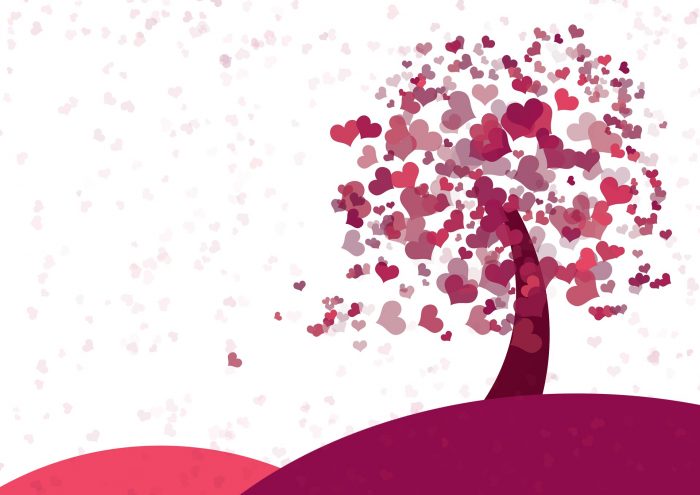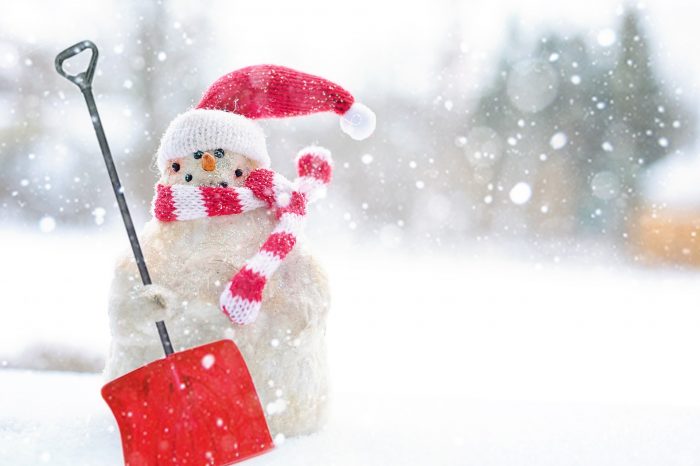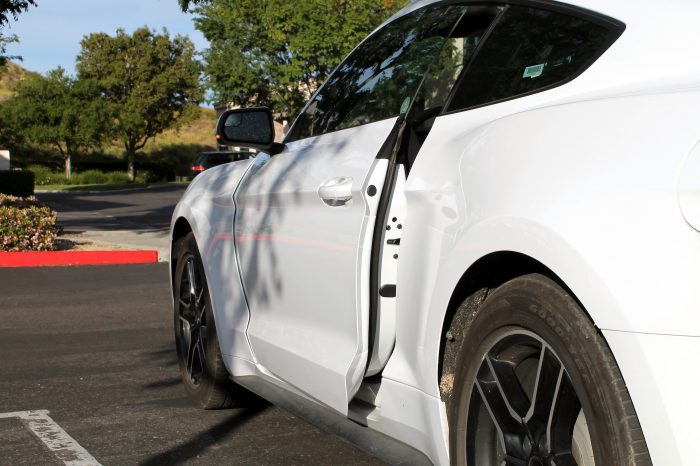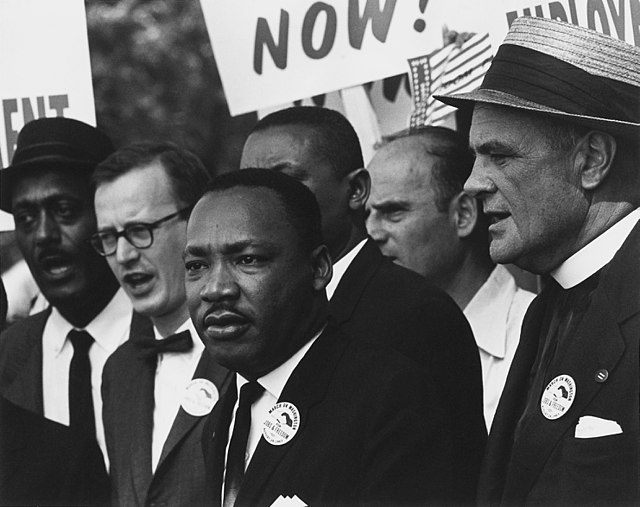When people look back to spring 2020, they remember how the COVID-19 pandemic shut things down. Zoom became a regular form of communication, visits to grandparents were done in a drive-thru fashion and many people anxiously awaited their stimulus checks.
While those checks from the U.S. government were sent, some people needed the money more than others.
Many people lost their jobs, their businesses and their livelihoods. In fact, according to the U.S. Bureau of Labor Statistics, in February 2020 — just before the pandemic hit the States — unemployment was at 3.5%. Just two months later, as the virus began to spread rapidly, unemployment rates skyrocketed to nearly 15%.
But what many people might not realize is how impacted the local arts were during this time.
We as a society leaned on our first responders out in the trenches. We listened to our elected officials on the news every day hoping to hear something good. We shopped locally to help our business-owning neighbors.
However, something that we all enjoy one way or another — the arts — was shattered and not much was being done to help our local artists, performers and creators.
According to Johns Hopkins University research, as of December 2021, the percentage of job losses at nonprofit arts organizations remained more than three times worse than the average of all nonprofits.
Artists/creatives were — and remain — among the most severely affected segment of the nation’s workforce. The arts are a formidable industry in the U.S. — $919.7 billion (pre-COVID) that supported 5.2 million jobs and represented 4.3% of the nation’s economy.
And now, nearing two years since the 2020 shutdowns, artists on Long Island are voicing how it felt. Many believe that significant relief funding was not given to the arts and related nonprofits despite the impact they have on Long Island’s economy.
Think about it. How many of us love to see a show at the local theater? How many of us hang artwork from nearby artists on our walls? How many of us enjoy live music as we dine at our favorite eateries?
Those people had jobs, too.
Sometimes we forget that the people working after a typical 9-to-5 shift are working, too. What some may call a hobby is a way of life for thousands of people.
We still have a way to go, and unfortunately COVID will haunt us for a very long time in more ways than one. But the next time you’re out to dinner with a friend, drop a tip in the guitar player’s case. Splurge on a drawing from a local artist and support your neighborhood theater.
The arts helped us during the pandemic. We found solace in other people’s creations. Now it’s time to pay back the artists and show them how much they are needed, wanted and loved.
















